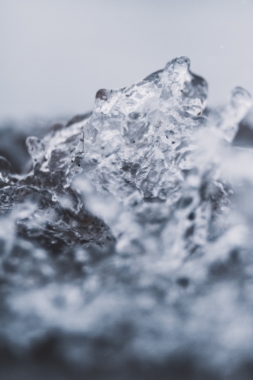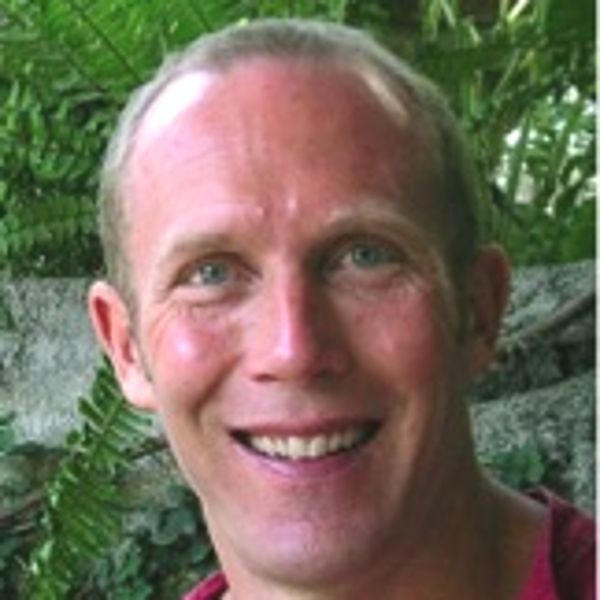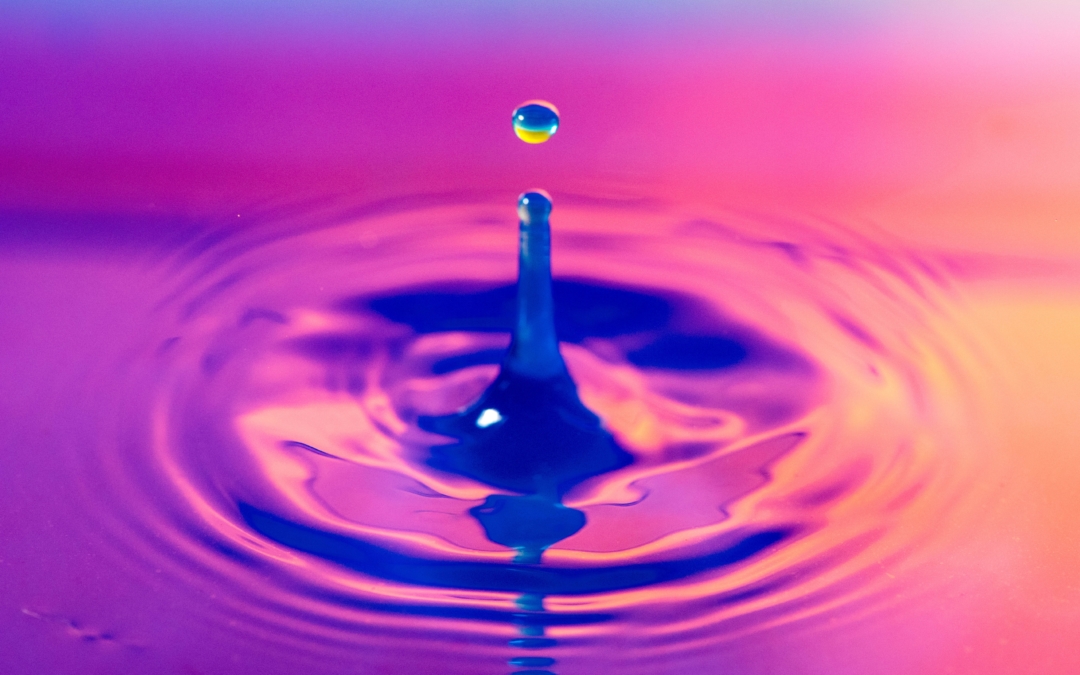Homeopathic remedies contain natural substances diluted in water, often many times over, to such low concentrations that there can be virtually no molecules left in the solution (2). But according to our current understanding of biochemistry, homeopathic remedies could not possibly have any effect on our health: biochemistry tells us that in order to affect us, the active substances in a remedy need to be present in sufficiently high concentrations to bind with large numbers of molecules in our bodies.
Yet homeopathy remains a very popular treatment, used by millions of people worldwide, and incorporated into the publicly funded healthcare systems of a number of countries (1).
In the midst of this clash of viewpoints, in recent years a number of scientific studies have reported “memory” and structuring effects in water solutions (2-9), which have been suggested as mechanisms underlying homeopathy (10–12). And reports of transmission of biological information into and from liquid water using electromagnetic fields (13,14) have stirred speculation and controversy around the possibility that water could be encoded with information that changes biological function (15-17).
Today, these controversies remains unresolved, but more light is now being shed on this interesting and provocative area of study.

Both of the experimental studies report biological effects that could be interpreted as due to memory effects in water: Iman Rad and colleagues, in Electronic Transmission of Antibacterial Property Into Water at Extremely Low Frequency Range: A Preliminary Study, used a commercially available Bicom ‘‘bioresonance’’ therapy device (18) to see if it could “transmit” the growth-inhibition property of an ampicillin solution (an antibiotic) to deionized water. Rad’s group reported differences in bacterial growth when cells were grown a culture medium using the treated water, and changes in the frequency content of the signals generated by the device for treated samples. These results suggest that the device could have altered the physicochemical properties of the water, and may have conferred the antibacterial effect of ampicillin via the treated water in the cell culture medium.
And also in this issue of JACM, Rajesh Kumar Jain and colleagues, in Development of Software for Automatic Analysis of Intervention in the Field of Homeopathy, reported that administration to people of different homeopathic remedies at various dilutions resulted in measurable changes in skin impedance (SI) and heart rate variability (HRV). Interestingly, Jain and colleagues developed an automated software platform for assessing these changes (using an adaptive threshold detecting responses in contrast to fixed threshold used in manual analysis by an expert), and found that the software was about 13% more accurate at detecting changes in SI and HRV than analysis by an expert human.
Also, a Review from Sabine Klein and colleagues, Physicochemical Investigations of Homeopathic Preparations: A Systematic Review and Bibliometric Analysis – Part 1, reviewed studies using methods such as electrical impedance measurement, spectroscopy and nuclear magnetic resonance to assess homeopathic solutions. This review concluded that the reporting quality of scientific studies in this area has improved over the years with a significant increase from 13% of publications rated as ‘‘high reporting quality’’ before 2000 compared to 48% since then. In Part 2 of this review, yet to be published, Klein and colleagues will aim to identify the most interesting experimental techniques in order to develop meaningful hypotheses around the possible mode of action of homeopathic preparations.
And lastly, my commentary in this issue of JACM discusses the controversial nature of this research, and the need for independent replication of the experimental results. Results such as these, which clear the bar of peer review but for which no well-accepted scientific explanation exists, raise many questions, and certainly require extraordinary evidence in order to be accepted by the scientific community. Only further studies can answer the questions raised by these results, which, if confirmed, have the potential to open a new chapter in the science of health and healing.
CHI community has an exclusive access to these articles until June 8th! So please enjoy reading these articles while they’re open access.
- Relton C, Cooper K, Viksveen P, Fibert P, Thomas K. Prevalence of homeopathy use by the general population worldwide: a systematic review. Homeopathy. 2017;106(2):69-78.
- Chaplin MF. The Memory of Water: An overview. Homeopathy. 2007;96:143–150.
- Belon P, Elia V, Elia L, et al. Conductometric and calorimetric studies of the serially diluted and agitated solutions. J Therm Anal Calorim. 2008;93:459–469.
- Elia V, Marrari LA, Napoli E. Aqueous nanostructures in water induced by electromagnetic fields emitted by EDS. J Therm Anal Calorim. 2012;107:843–851.
- Bell IR, Muralidharan S, Schwartz GE. Nanoparticle characterization of traditional homeopathically-manufactured silver (Argentum Metallicum) medicines and placebo controls. J Nanomedicine Nanotechnol. 2015;6:311.
- Demangeat JL. Nanosized solvent superstructures in ultramolecular aqueous dilutions: Twenty years’ research using water proton NMR relaxation. Homeopathy. 2013;102:87–105.
- Demangeat JL. Gas nanobubbles and aqueous nanostructures: The crucial role of dynamization. Homeopathy. 2015;104:101–115.
- Marzotto M, Bonafini C, Olioso D, et al. Arnica Montana stimulates extracellular matrix gene expression in a macrophage cell line differentiated to wound-healing phenotype. PLoS One. 2016;11:e0166340.
- Chikramane PS, Suresh AK, Kane SG, Bellare JR. Metal nanoparticle induced hormetic activation: A novel mechanism of homeopathic medicines. Homeopathy. 2017;106:135–144.
- Rao ML, Roy R, Bell IR, Hoover R. The defining role of structure (including epitaxy) in the plausibility of homeopathy. Homeopathy. 2007;96:175–182.
- Bell IR, Koithan M, Brooks AJ. Testing the nanoparticleallostatic cross-adaptation-sensitization model for homeopathic remedy effects. Homeopathy. 2013;102:66–81.
- Upadhyay RP. The possible mechanism of memory through nanoparticles and exclusion zones. Water. 2017;7:158–176.
- Benveniste J, Jurgens P, Aı¨ssa J. Digital recording/transmission of the cholinergic signal. FASEB J. 1996;10:A1479.
- Montagnier L, Aı¨ssa J, Ferris S, et al. Electromagnetic signals are produced by aqueous nanostructures derived from bacterial DNA sequences. Interdiscip Sci. 2009;1:81–90.
- Gold PW, Novella S, Roy R, et al. Homeopathy—Quackery or a key to the future of medicine? Homeopathy. 2008;97:28–33.
- Jonas WB, Ives JA, Rollwagen F, et al. Can specific biological signals be digitized? FASEB J. 2006;20:23–28.
- Teixeira J. Can water possibly have a memory? A skeptical view. Homeopathy. 2007;96:158–162.
- Fedorowski A, Steciwko A, Rabczynski J. Low-frequency electromagnetic stimulation may lead to regression of Morris hepatoma in buffalo rats. J Altern Complement Med. 2004;10:251–260.
Learn More About the Author

CHI Director of Technology Innovation

